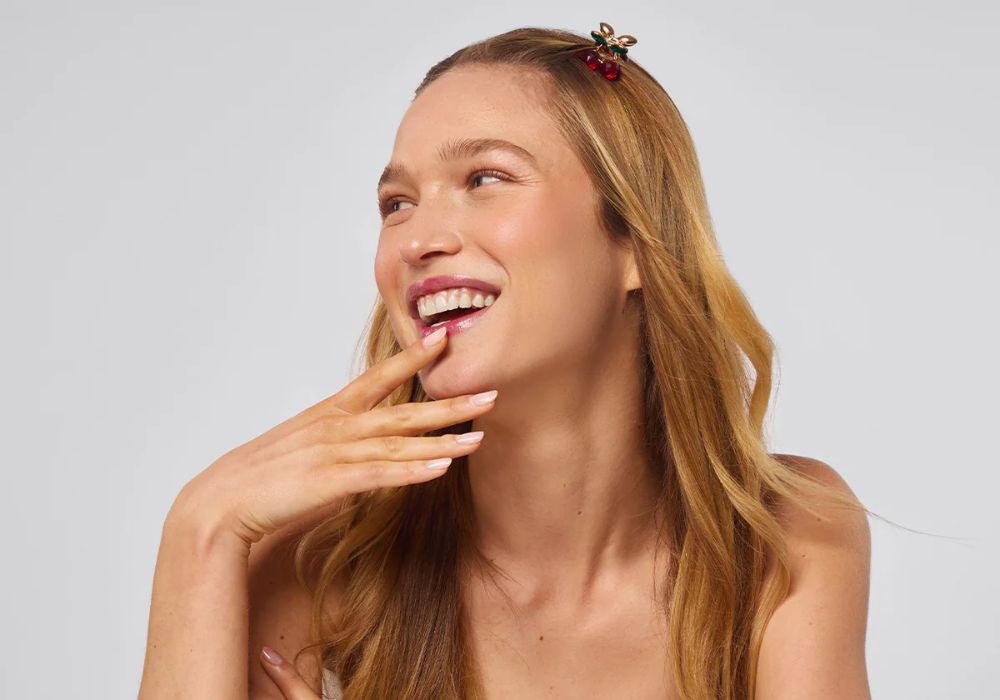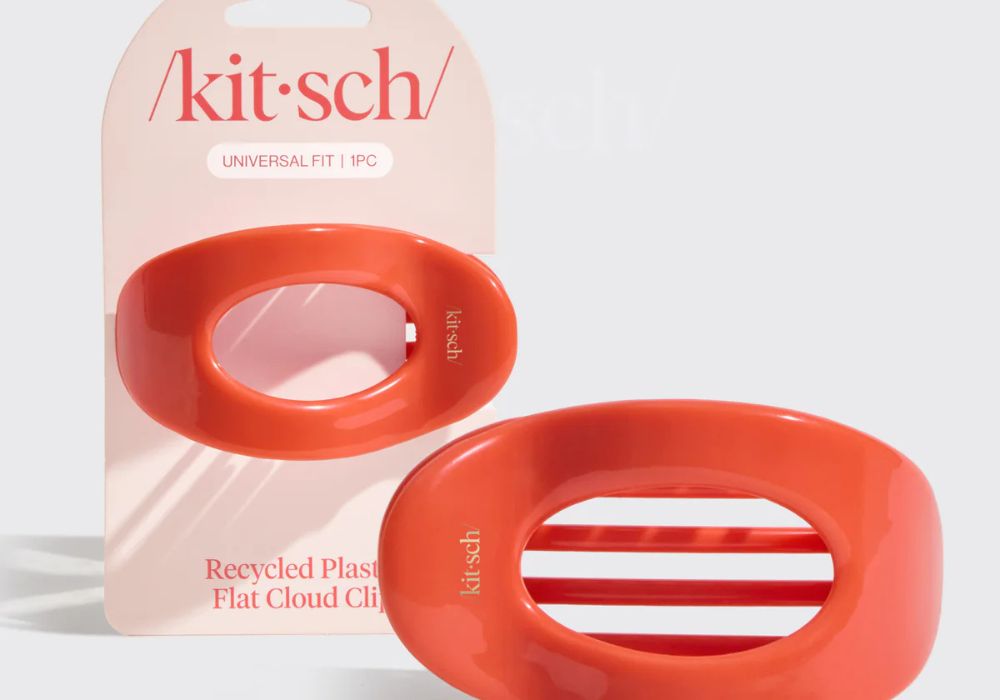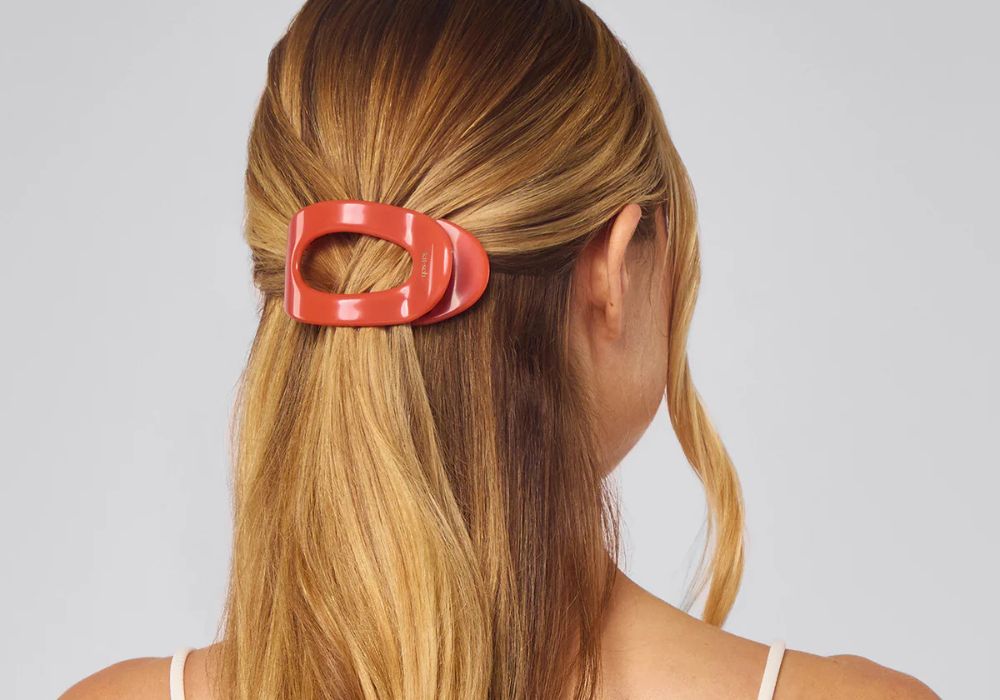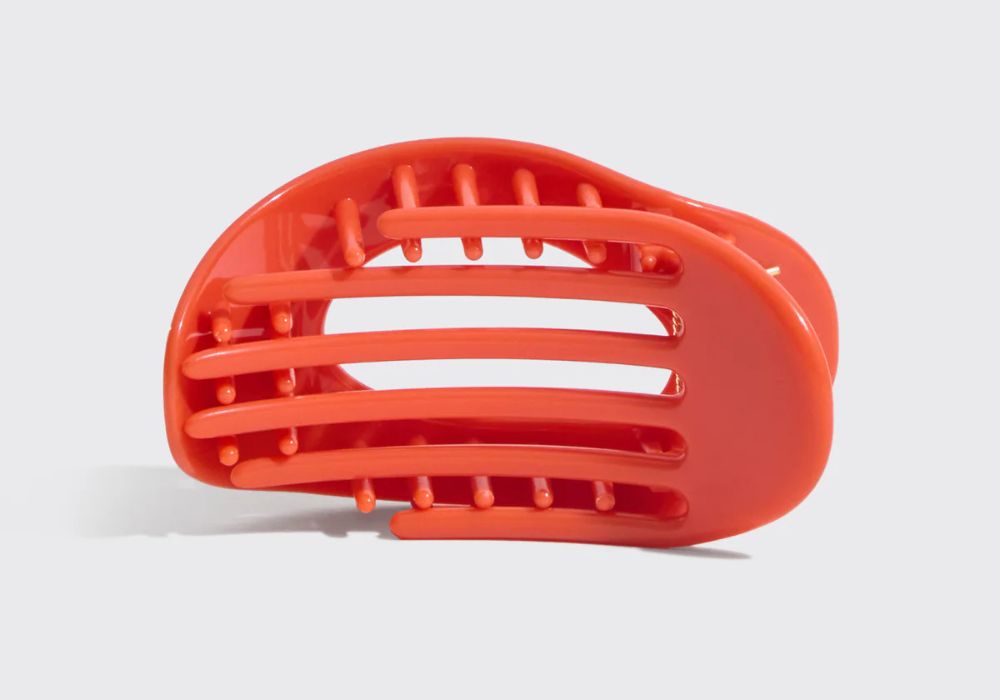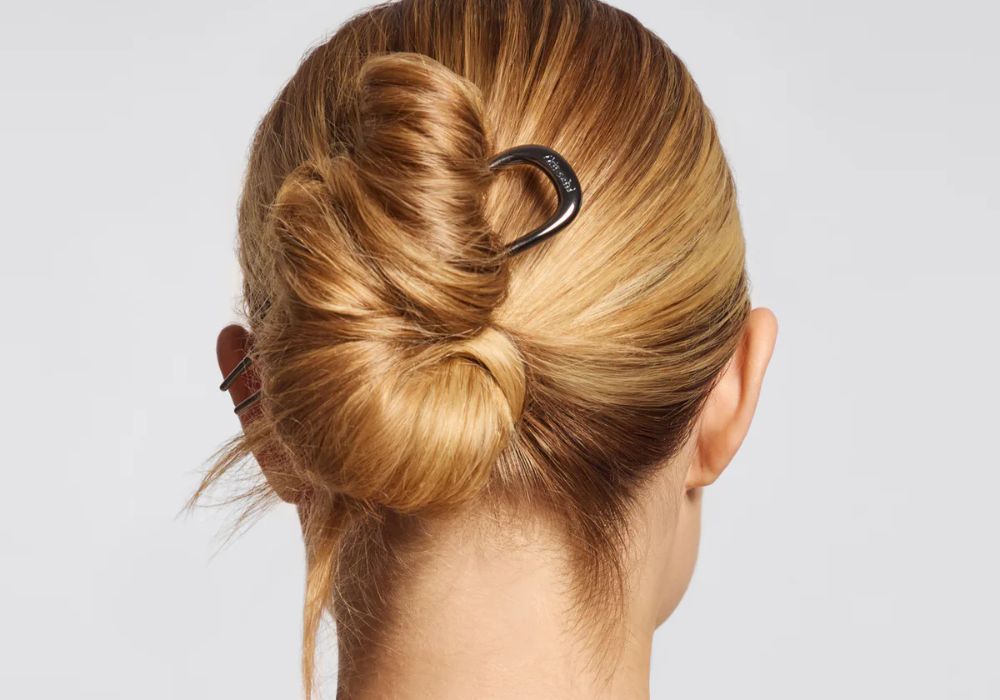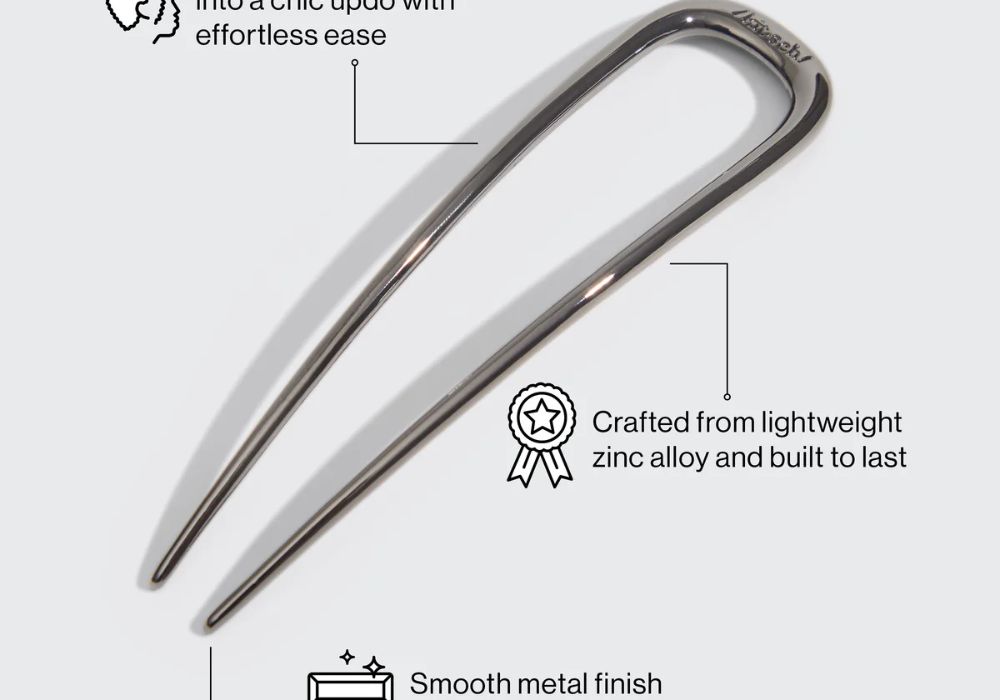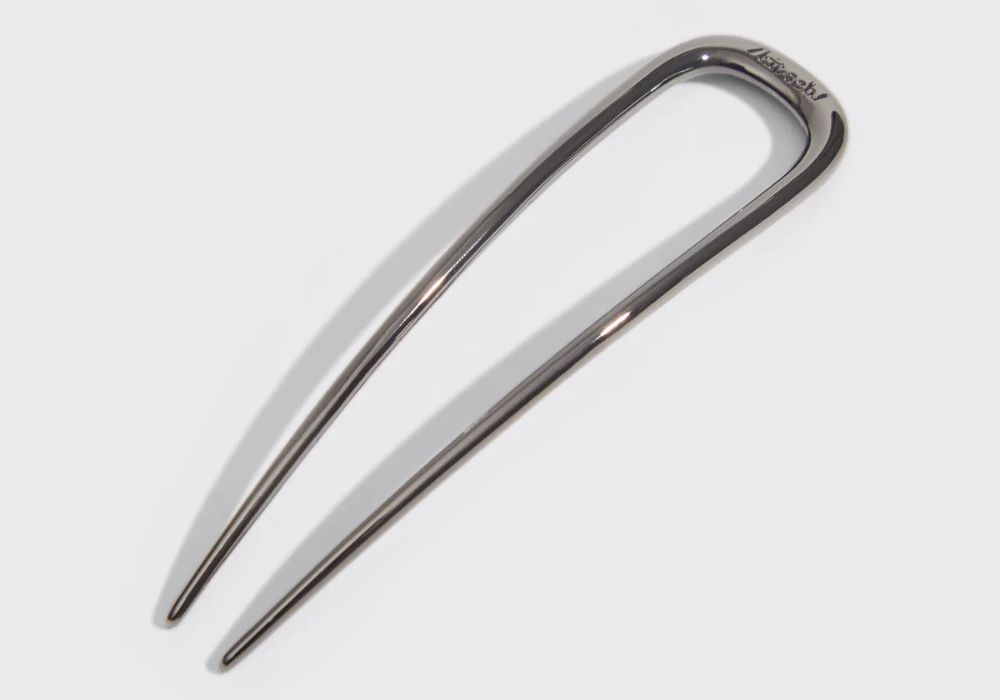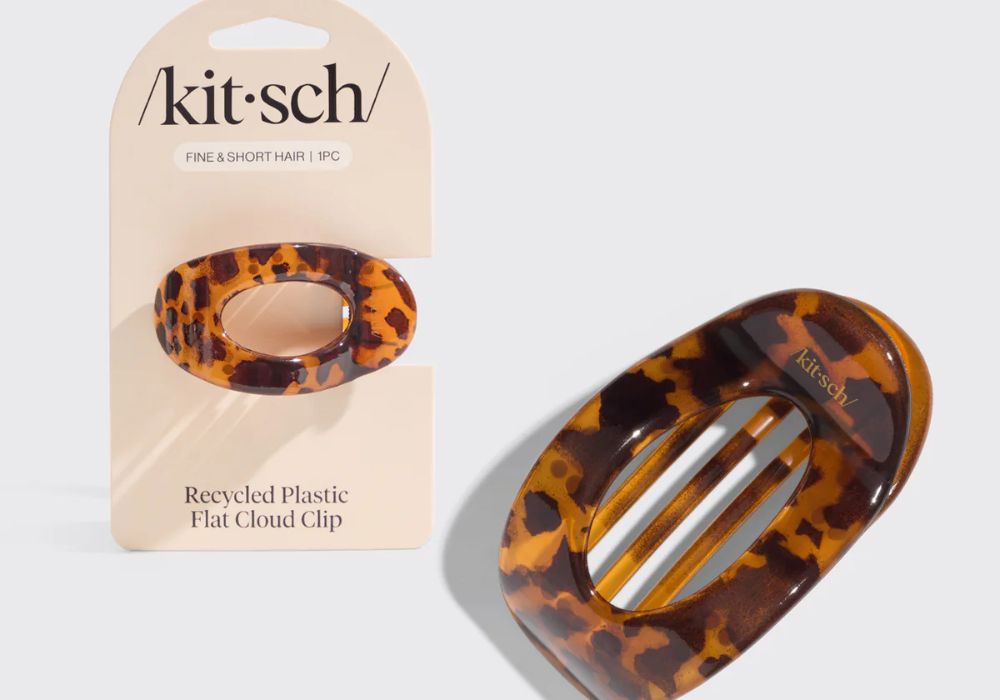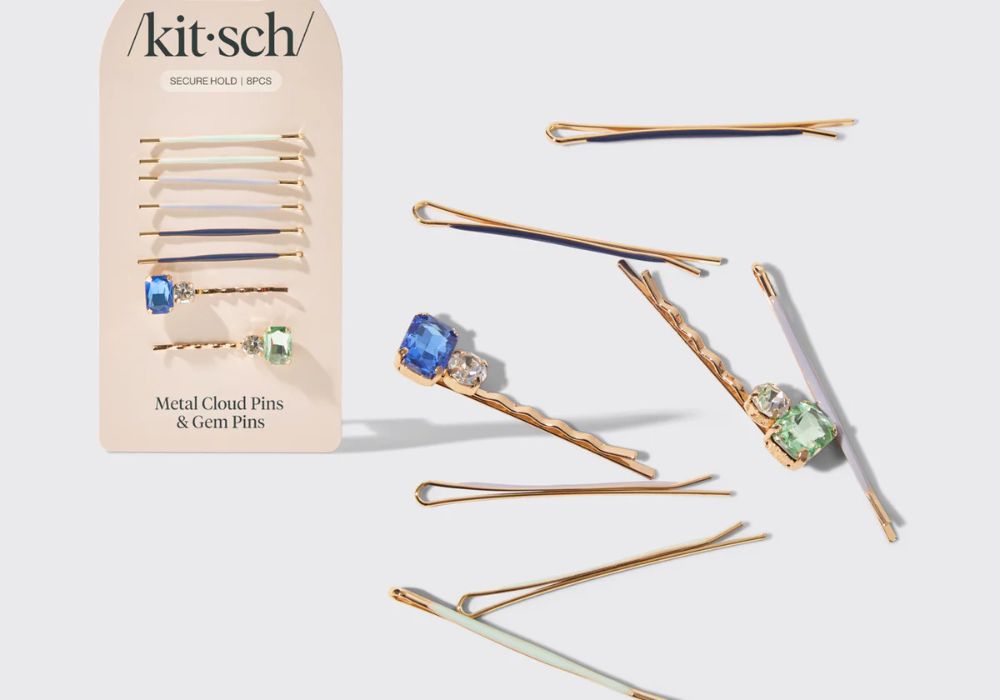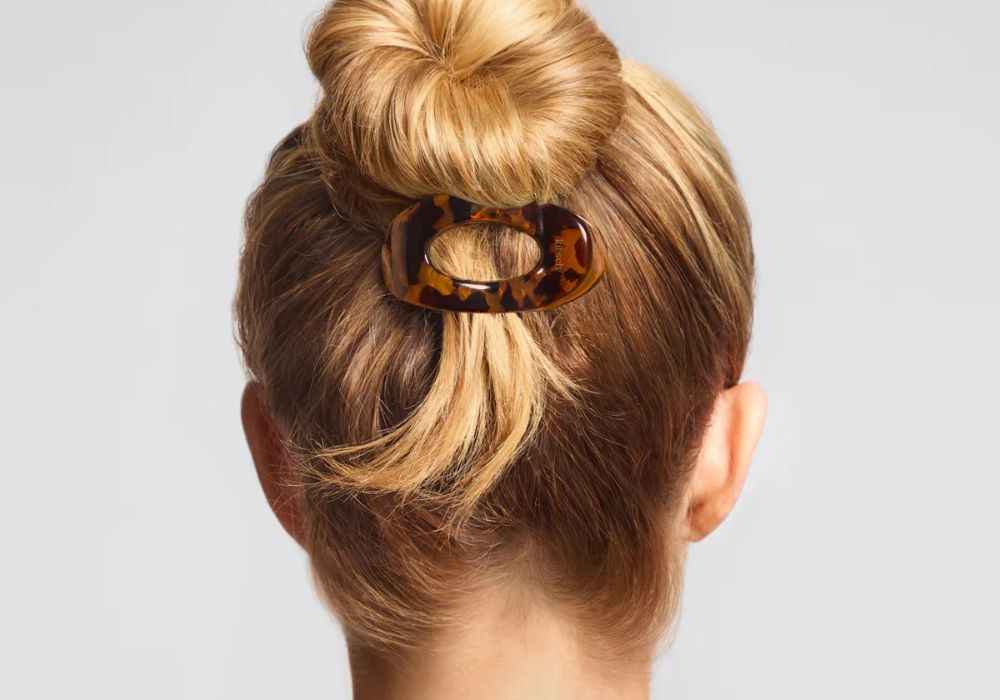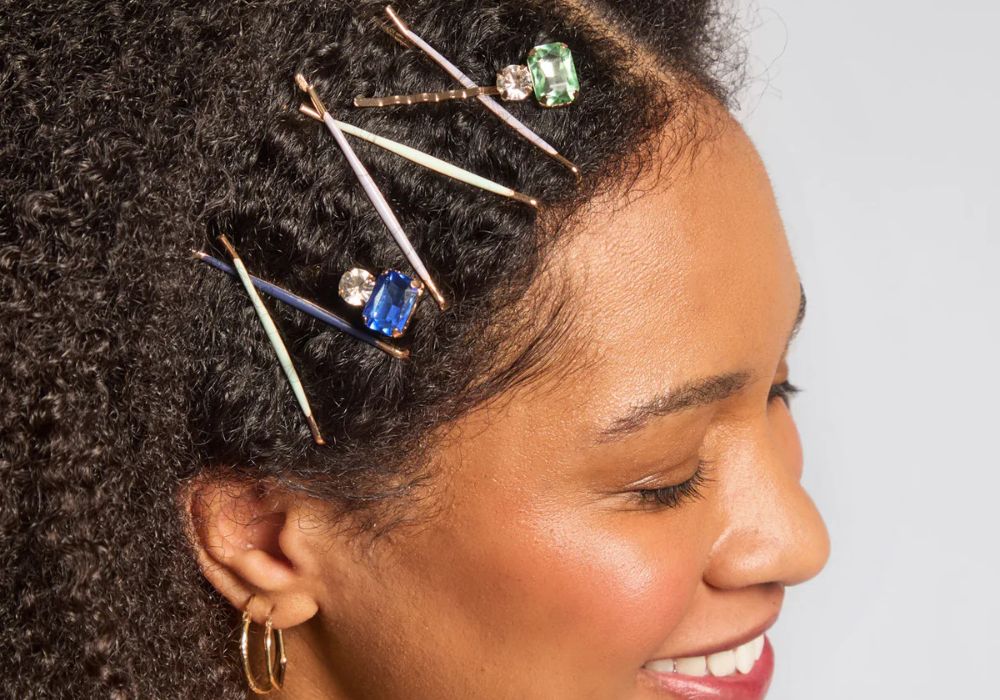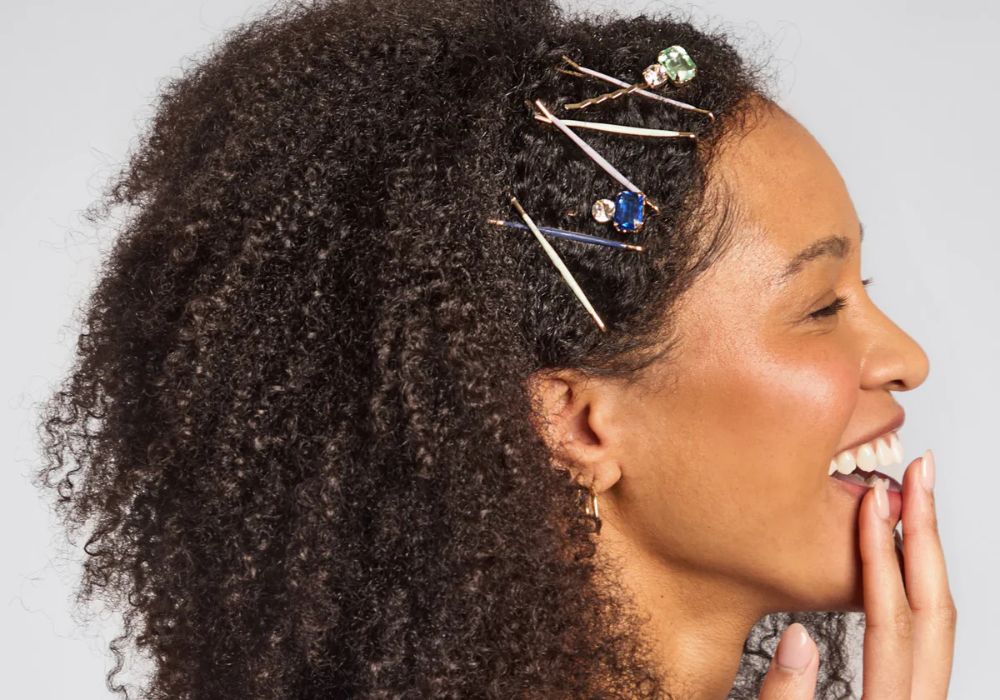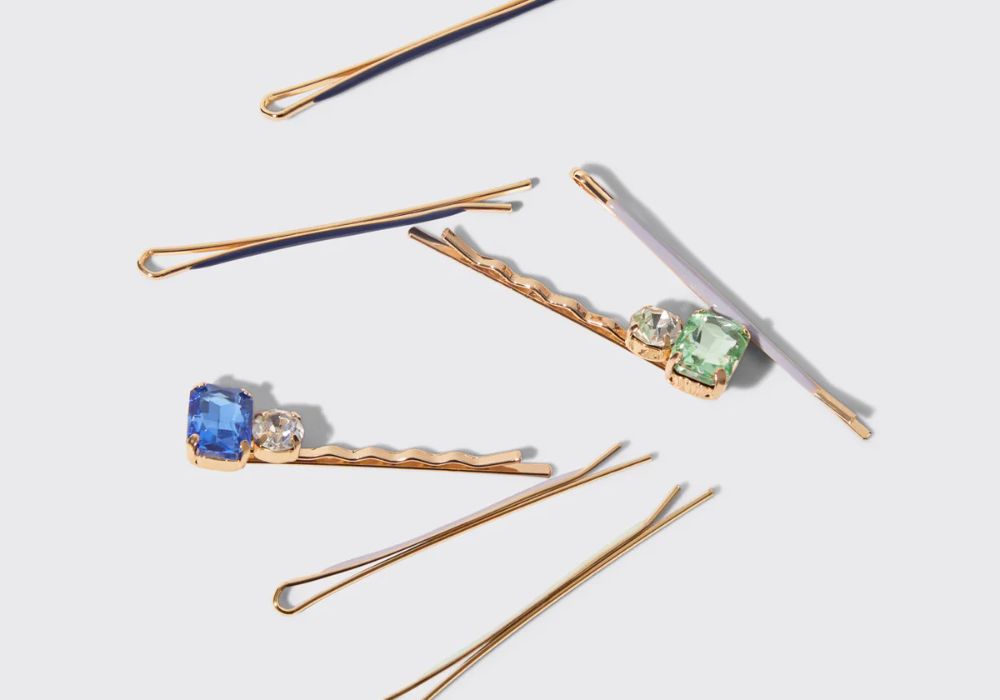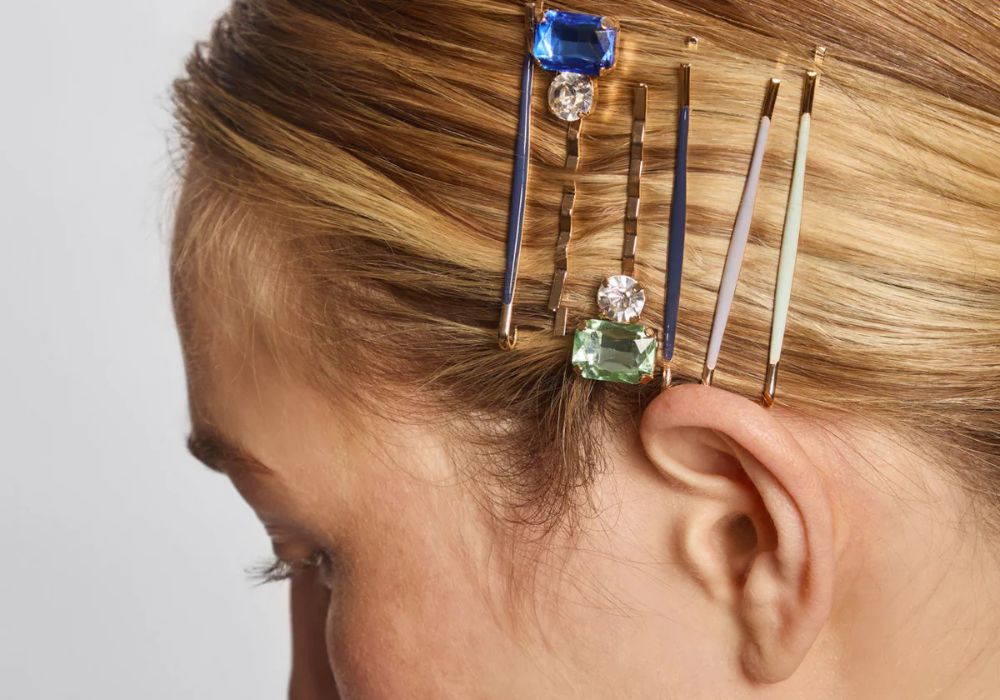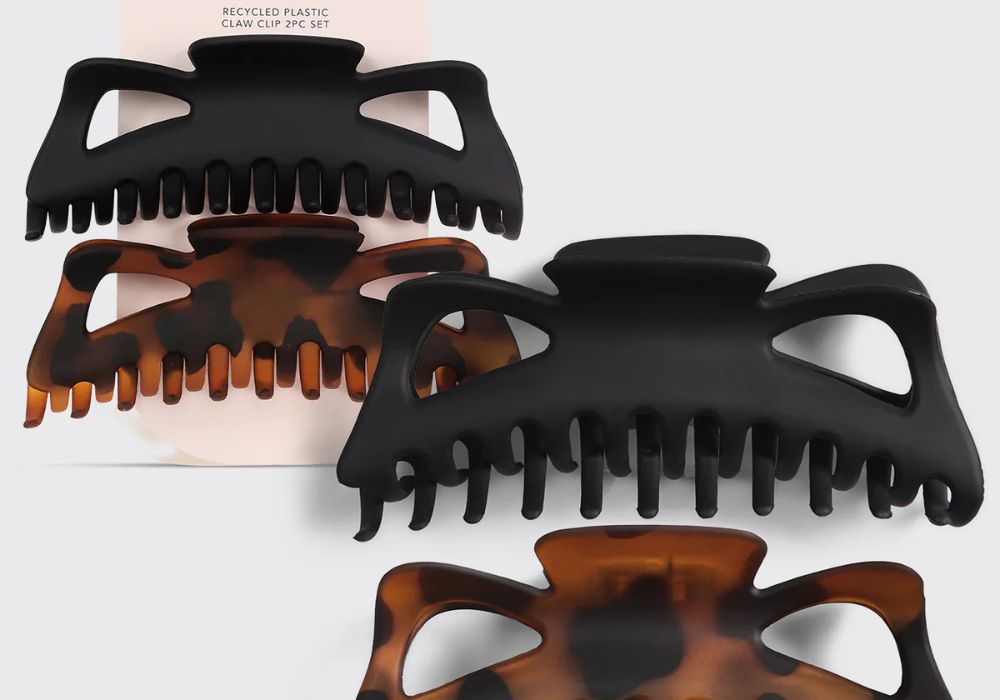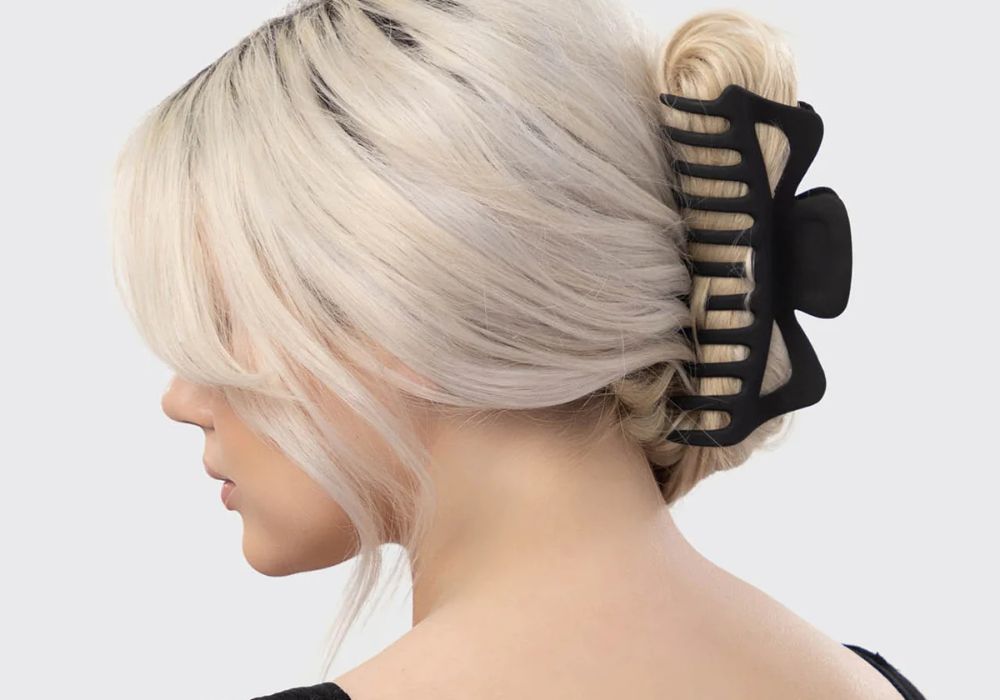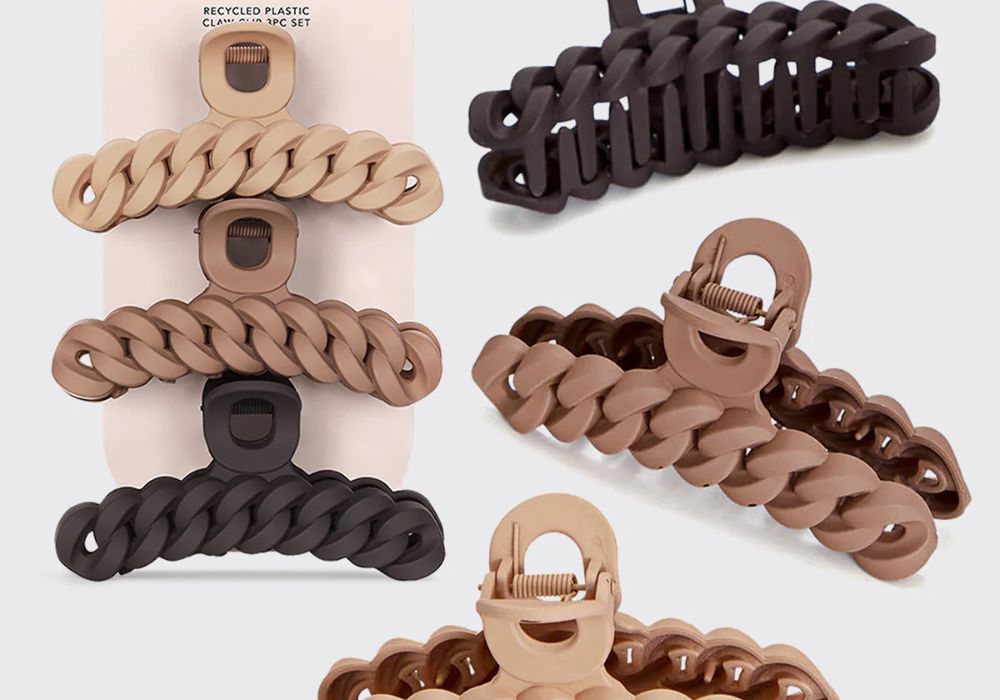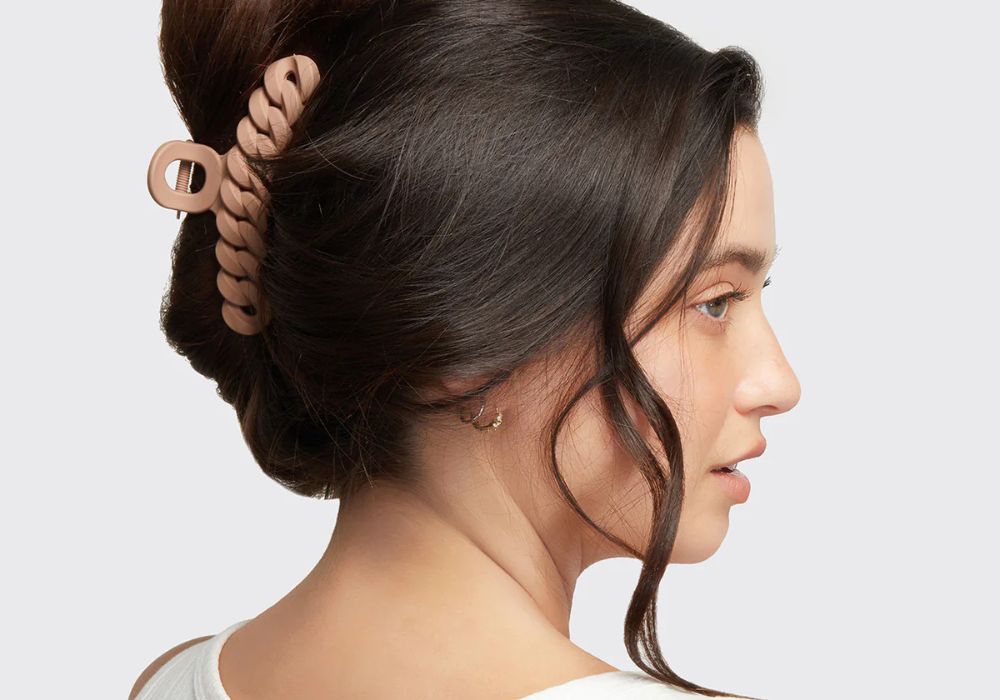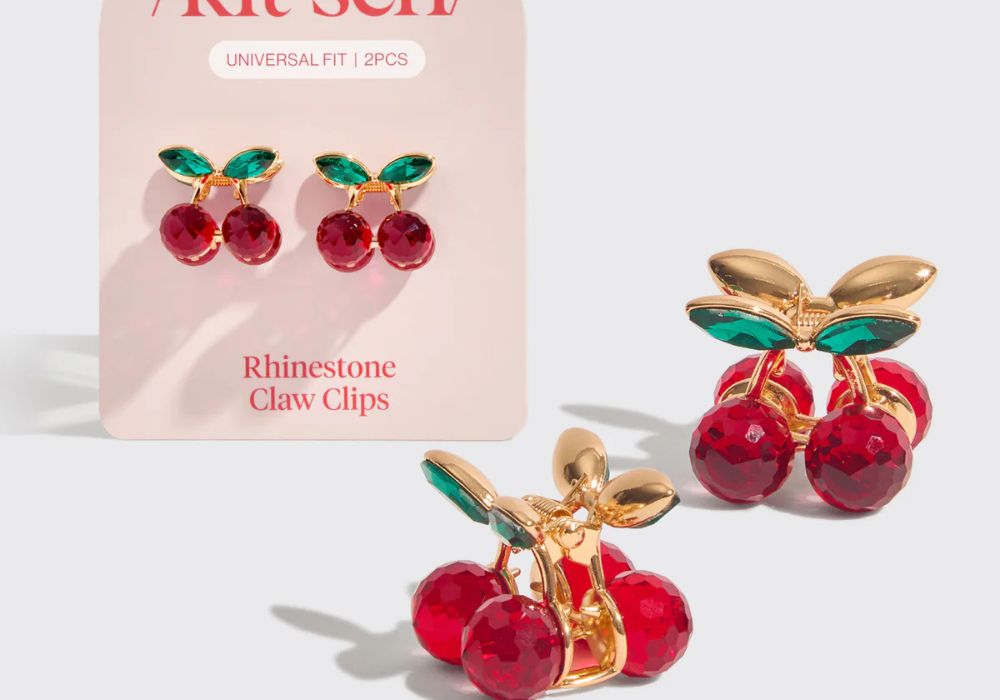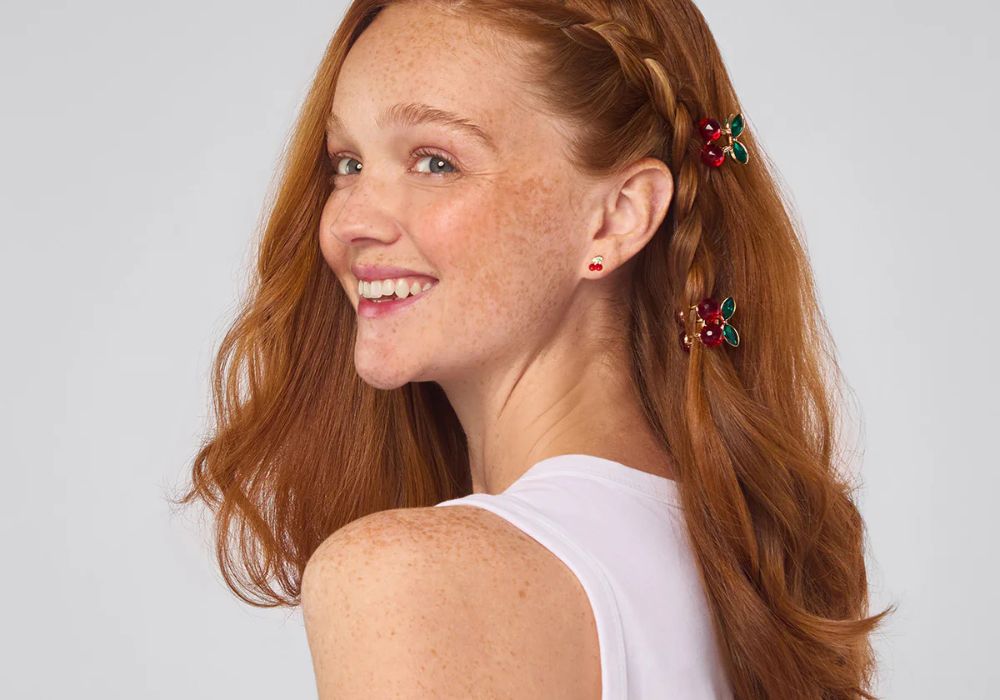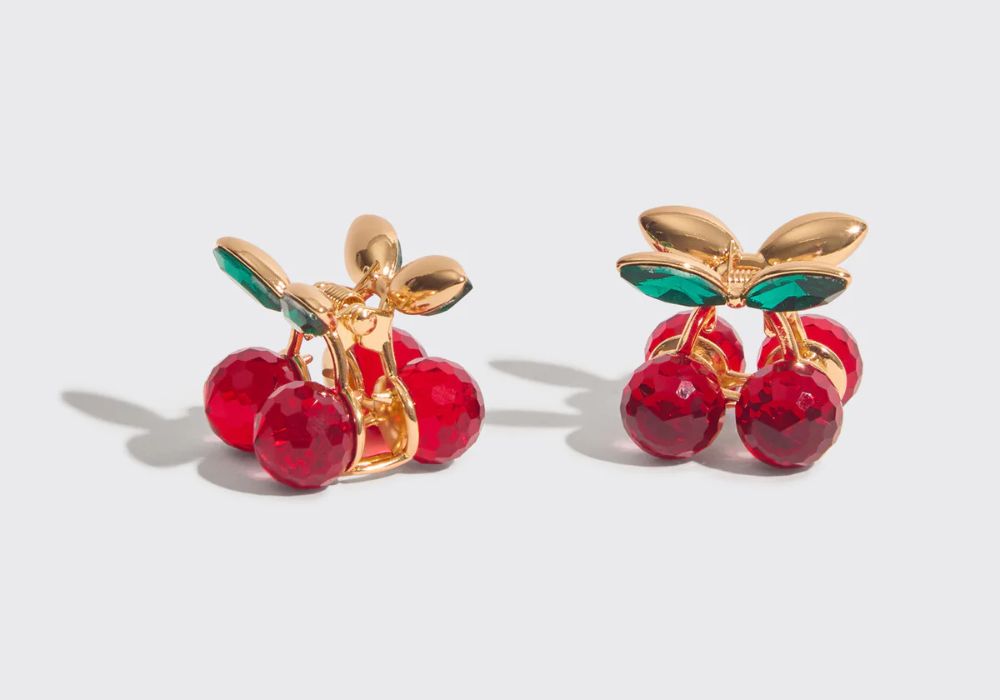It started with a snap—not of a decision, but of an elastic. The moment felt almost like kitsch, with its sudden drama and unexpected humor.
In 2010, Cassandra Morales Thurswell, a 25-year-old waitress from Wisconsin living in Los Angeles, was heat-sealing handmade hair ties at her dining table. Tiny burns dotted her fingertips, order receipts piled up beside bottles of glue, and her apartment smelled faintly of scorched nylon. By day, she worked service jobs to pay rent. By night, she built Kitsch—a name borrowed from the idea that style doesn’t have to cost luxury money.
That night, when another snapped hair tie sent her back to square one, she didn’t fold. She knotted tighter, burned smarter, and built stronger. That single elastic would grow into one of America’s most successful bootstrapped beauty brands, now worth $260 million, sold in 20,000+ stores and 27 countries worldwide.
Kitsch Founding Story: From Ziploc Bags to a Beauty Aisle
The Founder:
Cassandra Morales Thurswell had no investors, no industry contacts, and no roadmap—just resilience. Having endured seven failed ventures (from cupcake deliveries to jewelry sales), she wrote a one-paragraph business plan to solve beauty annoyances women faced daily.
Her first product? Handmade hair ties, packaged in Ziploc bags, sold door-to-door to Los Angeles salons. She later described this era as her “mini MBA”—each failure, rejection, and road trip was data.
The Breakthrough Moment:
When she called an Ulta buyer in 2013 pretending to already have a booth booked for a trade show (she didn’t), the buyer simply asked, “Then we’ll see you there!” Her husband hand-delivered the samples when their baby fell ill, and within weeks, Kitsch scored its first major retail endcap.
Funding Path:
Kitsch remains entirely bootstrapped—no VC backing and no crowdfunding. Thurswell invested roughly $2,000 of savings to launch and reinvested profits for over a decade. Growth came from organic profits, discipline, and word-of-mouth.
Kitsch Audience & Positioning: The Everyday Insider
Initial Audience:
Like many founders, Thurswell began thinking “my audience is everyone.” Quickly, she honed in on a specific persona: the beauty-obsessed insider—someone who understood the science of self-care, valued sustainability, and wanted functionality wrapped in elegance.
Evolved Demographic:
By 2025, 74% of Kitsch’s audience is female, primarily 25–40, fashion-conscious yet practical. Over 60% identify sustainability as a purchasing factor.
Core Value Propositions:
- Performance-Driven Materials: Products like satin pillowcases and shampoo bars tackle real pain points—hair breakage, creasing, frizz.
- Affordable Luxury: Everyday accessibility at aesthetic parity with premium brands (Average order $25–$35).
- Intentional Design: Instagram-worthy visuals, minimalist packaging, and gender-neutral appeal.
Kitsch Marketing Platforms & Strategies: Quiet, Data-Driven Disruption
Platform Priorities:
- Early phase (2010–2015): Pinterest tutorials, beauty blogs, and word-of-mouth.
- Scaling phase (2018–Present): Instagram, TikTok, YouTube, and Influencer seeding.
Signature Campaigns:
- “The Hair Tie That Doesn’t Leave a Crease” (2020): Simple taglines + visuals of satin ties pulling out without an imprint. CTR: 7%, 5x ROAS.
- “Satin for Your Strands” (2021): Micro-influencers filmed “before & after” shots comparing cotton vs. satin, sparking 200% sales increase in 30 days.
- “The Heatless Revolution” (2022): Tutorials showing satin hair rollers went viral on TikTok. 80M+ views, selling out inventory in three months.
Technology Stack:
- Shopify Plus for seamless DTC scaling.
- Klaviyo & Attentive for email and SMS segmentation.
- Hotjar to monitor checkout friction (reduced cart abandonment 22%).
- Meta Pixel & Google Analytics for ad retargeting and behavioral data.
Marketing Philosophy:
Beauty, Thurswell says, “shouldn’t feel sold—it should feel seen.” Kitsch’s content balances aesthetics with utility, emphasizing why it works rather than merely how it looks.
Kitsch Growth Milestones: Elastic Dreams, Scalable Reality
Pivotal Leaps:
- 2010–2013: Hand-sales across salons; first Ulta endcap.
- 2016: Expansion to pillowcases and hair wraps.
- 2019: Partnership with Target (500+ stores)—a watershed in mass visibility.
- 2020: Pandemic pivot—Sleeptime & WFH product lines triple online sales.
- 2022: 2022: Introduced plastic-free shampoo bars and heatless curlers, propelling Kitsch into Fast Company’s “Most Innovative Brands
- 2023: Valuation exceeds $100M, then $260M by 2025 (ZoomInfo, Maverick).
Kitsch Challenges & Recoveries: Lessons in Resilience
- Supply Chaos (2021): Viral content led to 48-hour sellouts; forecasting software and manufacturer diversification followed.
- Copycats (Amazon, 2022 onward): Competitor SKUs flooded online marketplaces. Thurswell’s counter: transparent branding, superior packaging, and “authentic-woman founder” storytelling.
- Overly Abstract Branding (2018): A minimalist luxury rebrand yielded poor conversions—lesson learned: clarity beats artistry.
Becoming a Household Name: The Subtle Art of Subscription Fame
Kitsch didn’t explode overnight—it simmered.
Through years of consistent, authentic storytelling, the brand became interwoven in popular culture. Hailey Bieber showcased Kitsch’s silk ties in GRWM tutorials; Sephora and Ulta gave full shelf aisles by 2024.
The team intentionally avoided celebrity endorsements, relying instead on creators who lived the lifestyle. Their “Drops Model”—seasonal limited editions and sustainability-focused launches—fueled anticipation with community polls shaping product colorways.
Financials & Operations: Building a Self-Funded Giant
Funding & Structure:
- 2010–2021: Bootstrapped (no loans).
- 2021: Minority stake acquired by San Francisco Equity Partners (growth capital only).
- 2025: $260M valuation; 70+ global employees; 320 SKUs.
Revenue Benchmarks:
| Year | Revenue | Key Driver |
|---|---|---|
| 2015 | $5M | Salon expansion |
| 2020 | $87M | WFH & self-care surge |
| 2023 | $100M | Target + viral products |
| 2025 | $260M valuation | Sustainability pivot |
Operational Efficiency:
Hybrid US/Taiwan manufacturing, recommerce recycling plan, and newly automated LA fulfillment hub reducing delivery time by 25%.
Actionable Lessons for Founders: The Kitsch Playbook
- Bootstrap Boldly: Profit fuels freedom; patience beats funding.
- Turn Annoyances into Innovation: Solve lived problems before scaling.
- Own Your Ingredient: Kitsch’s proprietary satin blend became its moat.
- Educate Before You Sell: Product = problem + story + science.
- Community Is Currency: Listening is cheaper—and more powerful—than advertising.
- Reinvest in Relevance: Track habits, not hype; pivot but don’t compromise.
- Transparency Wins Trust: Share your production story—it humanizes scale.
Closing Reflection: A Founder’s Knot of Grit
In June 2025, when Cassandra Thurswell accepted Ernst & Young’s Entrepreneur of the Year award, she said with a smile, “I started with a hair tie that kept breaking—so I built one that wouldn’t.”
Kitsch’s story is not a tale of aggressive funding or viral stunts. It’s a testament to intuition, empathy, and tenacity. Built strand by strand, tied through belief and burned fingers, it reminds every founder: Great companies aren’t born glamorous—they’re built from grit, one knot at a time.
Marketing success isn’t just about strategy — it’s about psychology. Discover how understanding the brain can help you sell naturally in The Neuroscience of Persuasion: How to Sell Without Selling.
